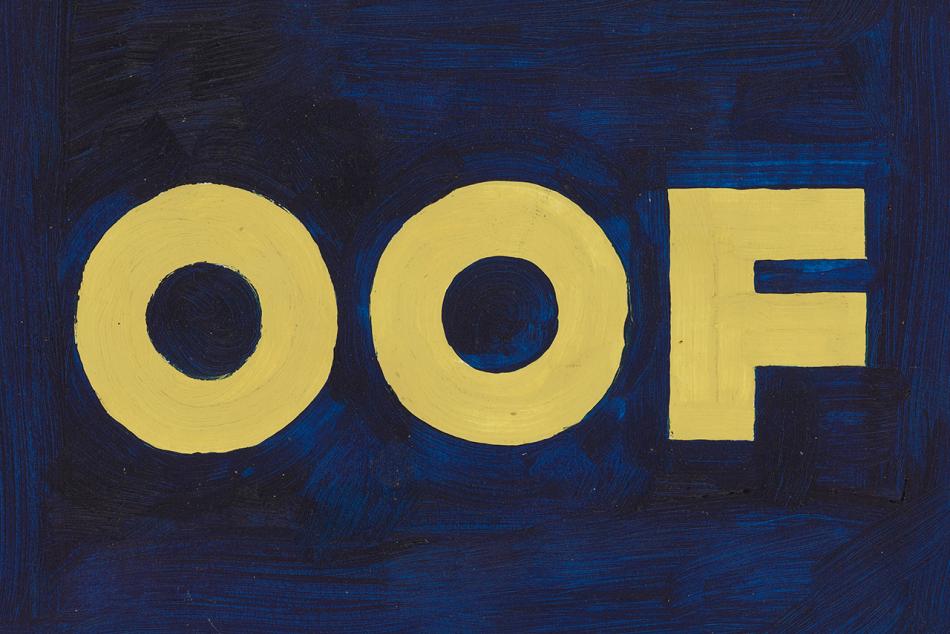
Our Communications Office coordinates press and community outreach for the museum’s collection, exhibitions, programs, research, campus, and other initiatives.
Journalists and other media representatives: sign up to receive the latest News Briefs.
General inquiries should be sent to [email protected].

Current Exhibition : Little Beasts: Art, Wonder, and the Natural World
May 18–November 2, 2025

Current Exhibition : In the Tower: Chakaia Booker: Treading New Ground
April 5–August 3, 2025

Current Exhibition : Elizabeth Catlett
March 9–July 6, 2025

Permanent Collection : Across the Nation
National Gallery of Art Launches New Program to Share Nation's Art Collection with Museums Across the United States

Programs and Events : Jazz in the Garden
Free musical performances including jazz, Latin fusion, R&B, and more, every Friday from May 23 through July 11 (except for July 4).



